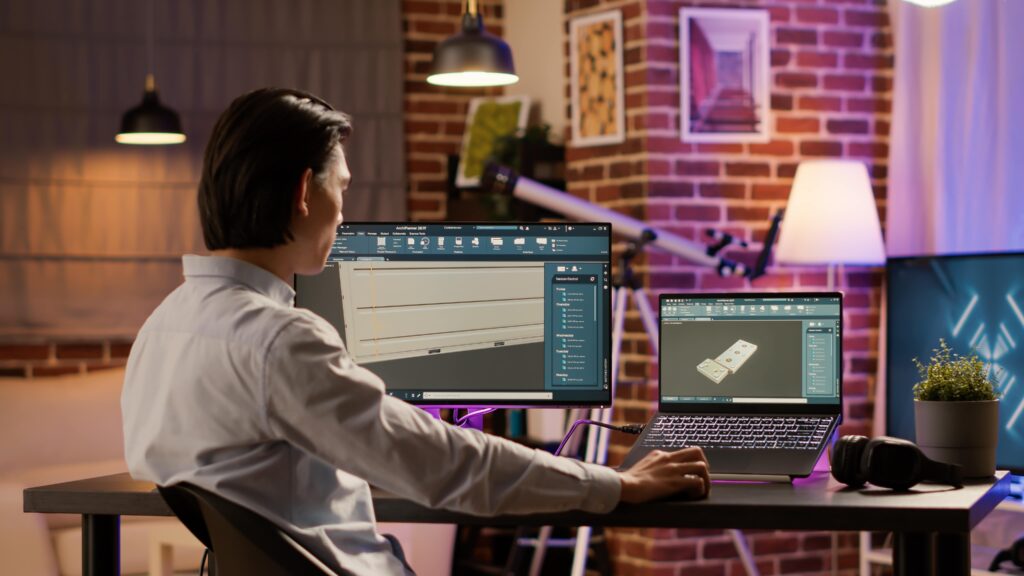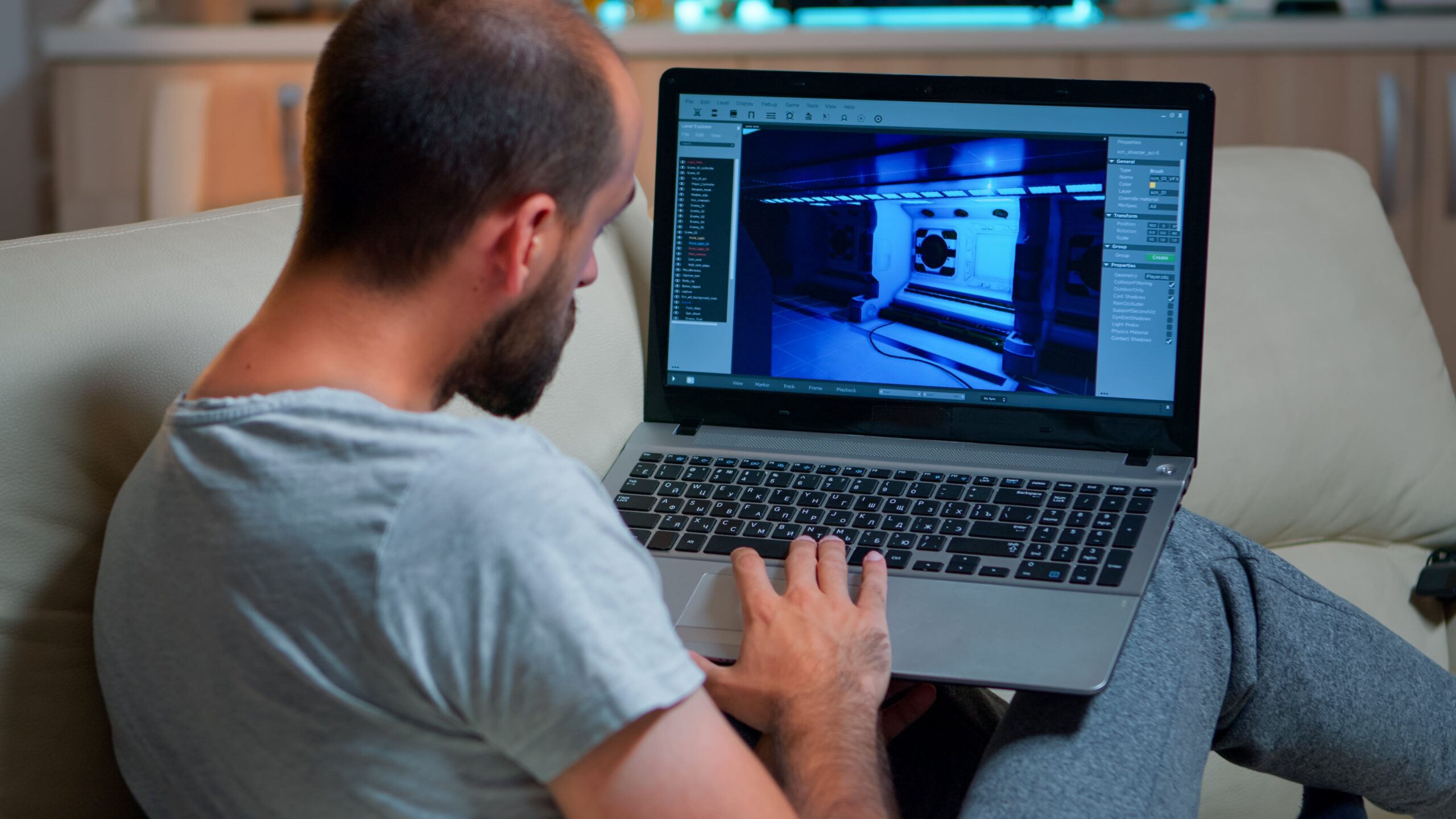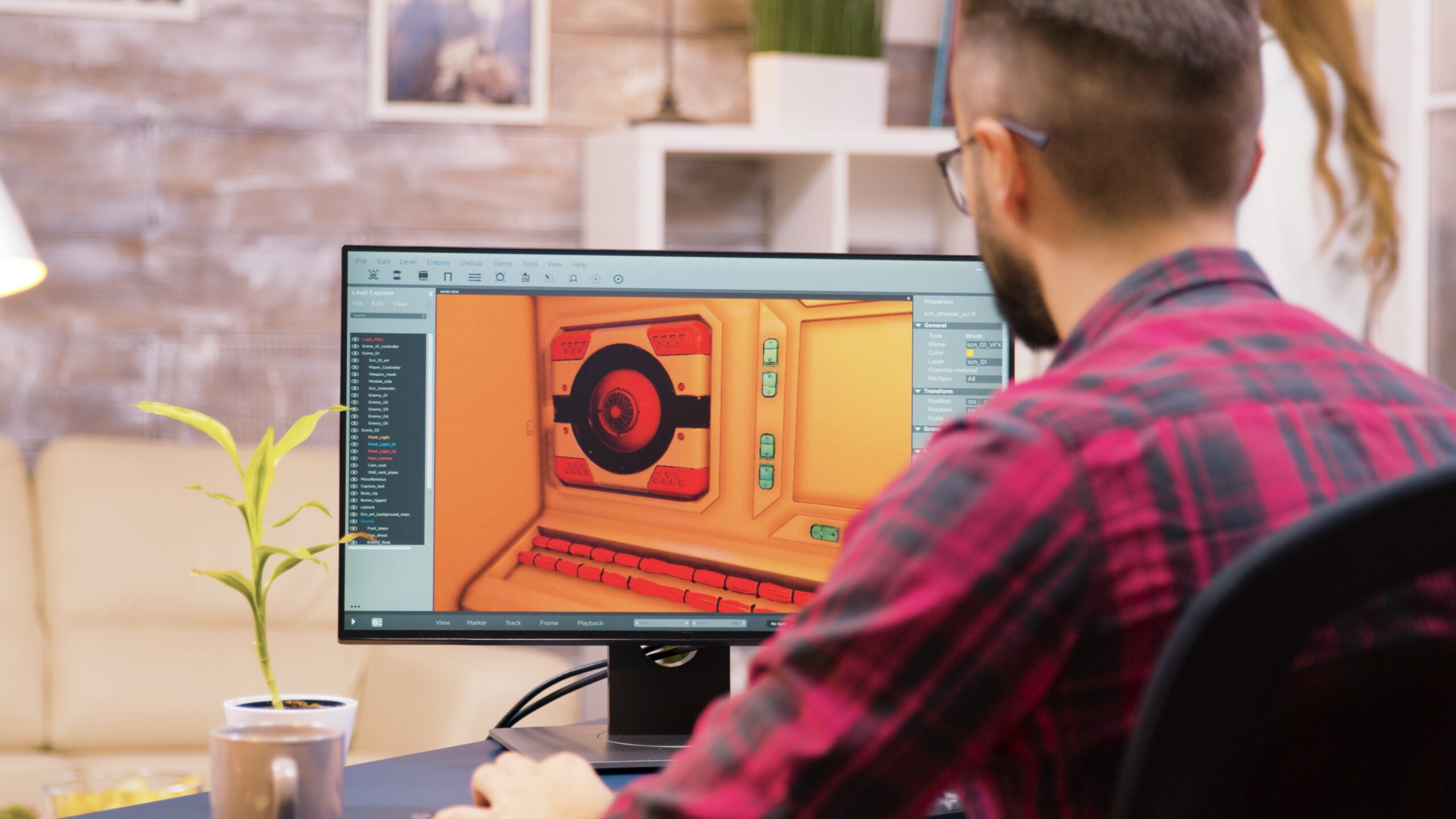Animation is a dynamic and captivating art form that requires a blend of creativity, technical skills, and attention to detail. Whether you are a seasoned animator or just starting in the industry, using reference materials effectively can significantly enhance the quality of your work.
In this article, we will delve into the importance of utilizing reference materials in animation and provide practical tips on how to make the most out of them.
Understand the Purpose of Reference Materials
Reference materials serve as a source of inspiration and guidance for animators. They can range from photographs and videos to sketches and real-life observations.
By studying these materials, animators can gain a deeper understanding of how to accurately depict movement, expressions, and environments in their animations.
Use Reference Materials for Character Development
One of the key aspects of animation is creating believable and relatable characters. Reference materials can be invaluable in this process, helping animators to develop unique personalities, movements, and expressions for their characters.
By studying how real-life individuals move and interact, animators can bring a sense of authenticity to their animations.
Enhance Scene Composition with Reference Materials
In addition to character development, reference materials can also be used to enhance scene composition in animations. By studying photographs or videos of different environments, animators can gain insights into lighting, perspective, and spatial relationships. This can help in creating visually engaging and cohesive scenes that draw viewers into the animation.
Improve Animation Techniques with Reference Materials
Reference materials can also be a valuable tool for improving animation techniques. By studying how objects move in the real world, animators can refine their understanding of motion and physics. This can lead to more fluid and realistic animations that captivate audiences.
Tips for Using Reference Materials Effectively
- Collect a diverse range of reference materials to draw inspiration from different sources.
- Experiment with different mediums, such as photographs, videos, and sketches, to find what works best for you.
- Study the details in reference materials to capture nuances and subtleties in your animations.
- Don’t be afraid to modify or interpret reference materials creatively to suit your artistic vision.
- Regularly update your reference library to keep your animations fresh and innovative.
Case Study: NYU Animation Industry Essentials Program
For aspiring animators looking to enhance their skills and knowledge, programs like the NYU Animation Industry Essentials can provide valuable insights and practical training. This program offers a comprehensive curriculum designed to prepare students for careers in the animation industry, covering topics such as character design, storyboarding, and animation techniques.
Conclusion
Using reference materials effectively in animation can elevate the quality and impact of your work. By incorporating diverse sources of inspiration and studying the details in reference materials, animators can create animations that are both visually stunning and emotionally resonant.
Key Takeaways:
- Utilizing reference materials in animation is crucial for enhancing the quality and authenticity of your work.
- Reference materials can aid in character development, scene composition, and improving animation techniques.
- Tips for using reference materials effectively include collecting a diverse range of sources, studying details, and staying creative.
- Consider programs like the NYU Animation Industry Essentials for comprehensive training in animation skills and techniques.
For those looking to elevate their animation skills and explore new career opportunities, we recommend considering the Yellowbrick program, “NYU Animation Industry Essentials.” This online course and certificate program can provide valuable insights and practical training to help you succeed in the dynamic world of animation.




